See How Technology Has Changed Japan At This New Tokyo Exhibit
Even Walkmans and VHS players Are There, Too!
Starting at the beginning of the Meiji era, this special exhibition traces how science and technological development has changed Japan since 1868. Running until March 3, 2019, you’ll have plenty of time to catch this fun event at the National Museum of Nature and Science.
The path is designed like a timeline as you make your way from past to present with the exhibits getting increasingly more impressive as you go. Starting from educational reform where western science was prioritized and new units of measurement were developed (which includes some fascinating posters, original books, and rulers), the path leads you to the invention of computers, basic robots, and seismic design to protect against future disasters. Suddenly you find yourself reliving the history of Japan and the many changes it went through.
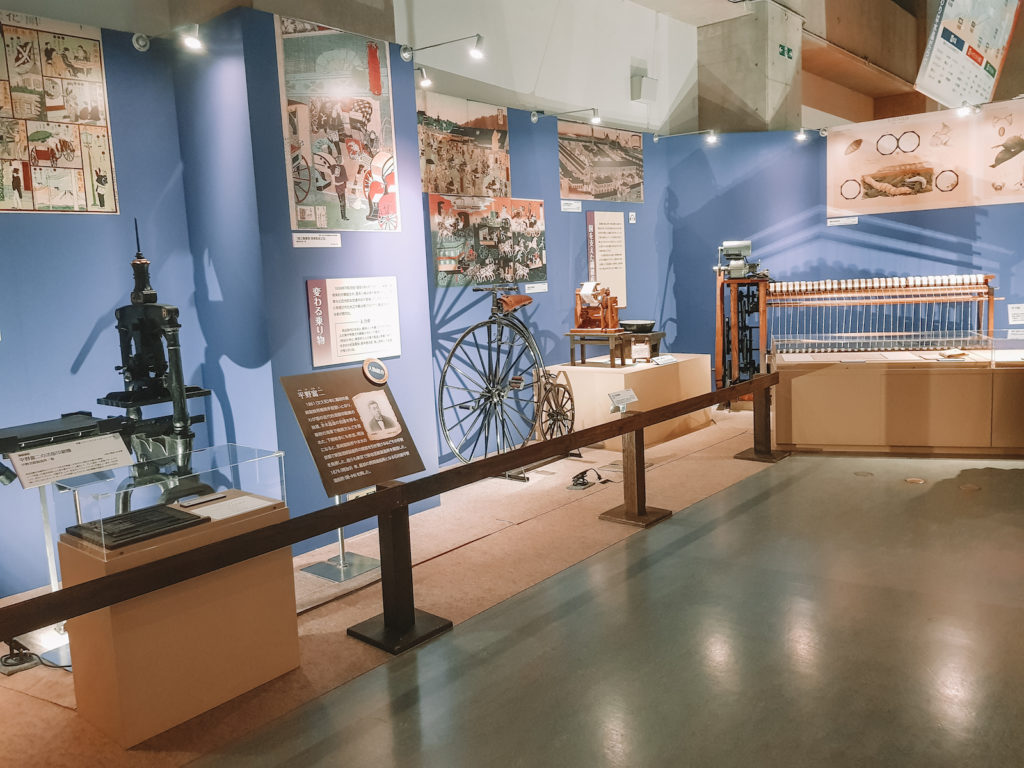
Towards the end of the exhibit, you’ll find things like a Walkman and VHS players which clearly look like they belong in a museum despite you having probably owned one seemingly not so long ago (ouch).
What is great about the exhibit?
Some of the many highlights of the exhibition include vintage cars from Meiji Era Japan (these are beautiful!), the presence of a penny, farthing, which I had never seen before, and a display of home electrical devices which wouldn’t look out of place in a retro sci-fi movie.
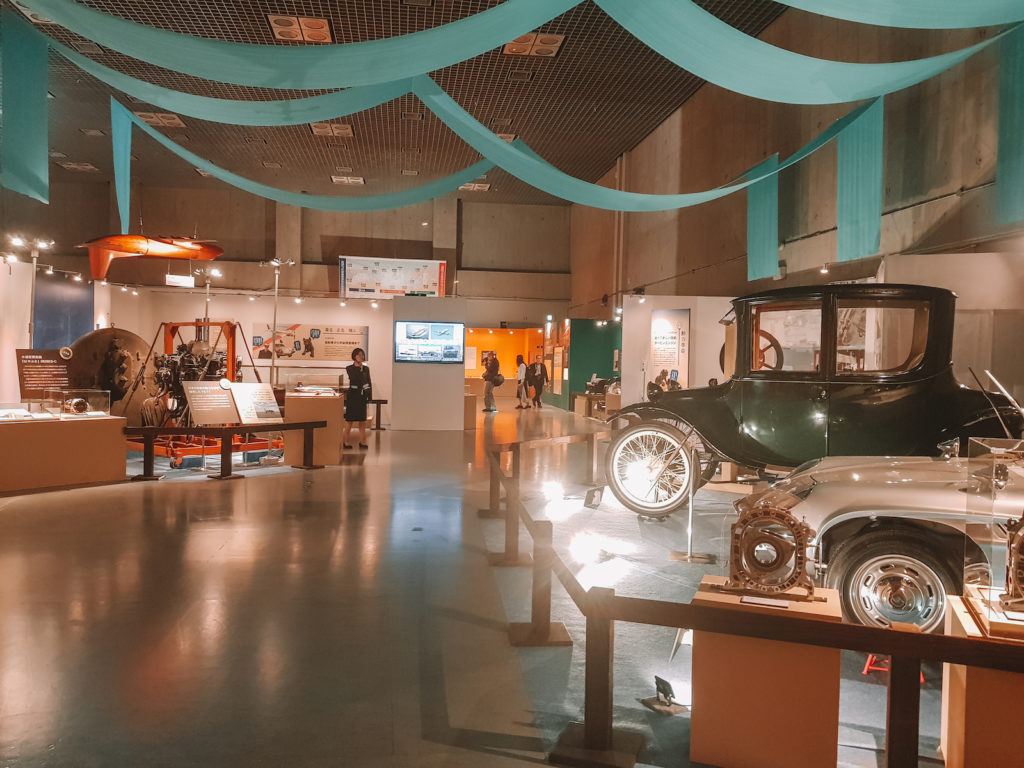
Electricity is one of the big themes in the exhibition as we go from when electricity wasn’t available in most homes to the age of convenience that we’re familiar with.
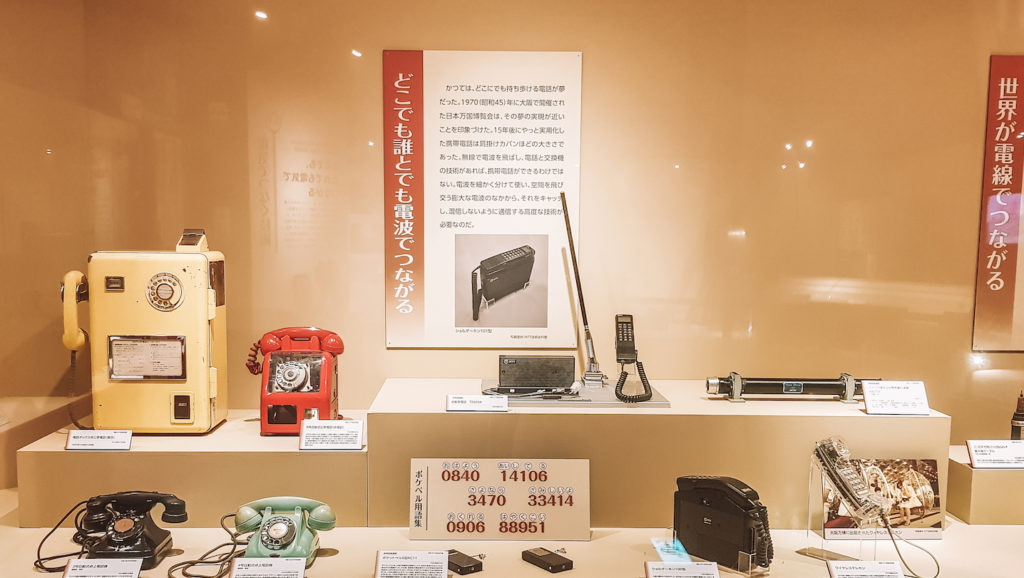
Another massive part of the Japanese history presented in this exhibition is the silk industry. Visitors are introduced to a range of original machinery and equipment used during the modernization of the silk industry, and a fascinating video of the processes they used. This is followed up later in the exhibit where we see the impact Japan has had on the fashion world with their designs and materials.
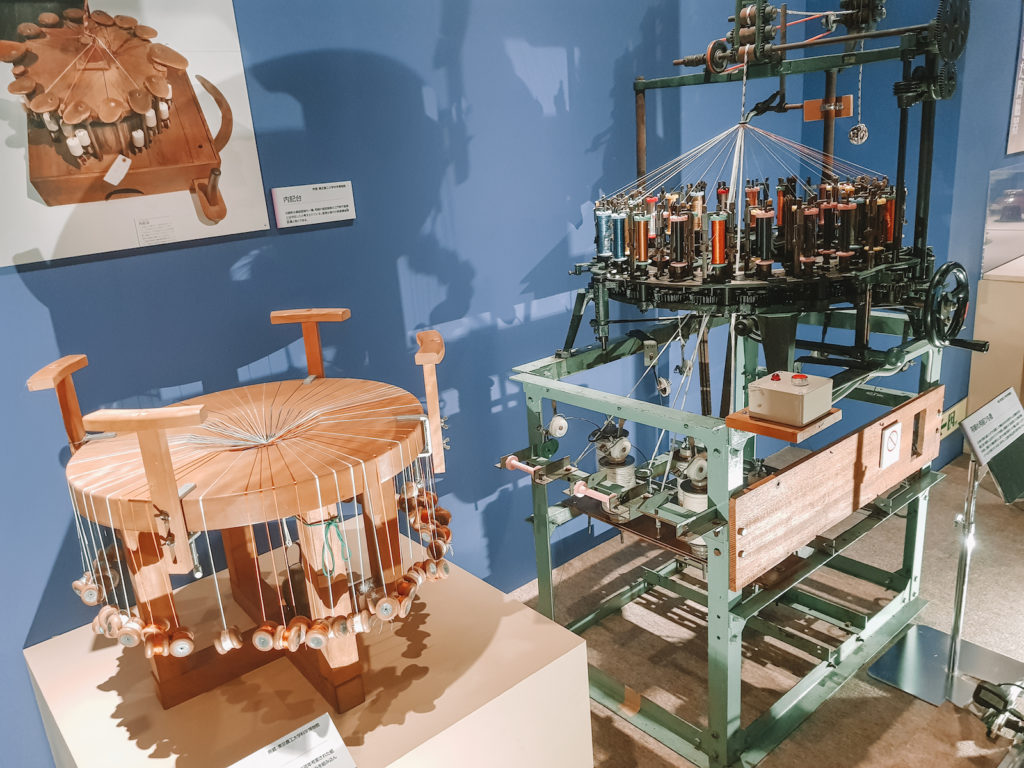
I particularly enjoyed learning about the rise of female scientists, although honestly, I wish there had been more about them. In Japan, the Tohoku Imperial University admitted women to enroll for the first time in 1913. Some names to note were Raku Makita of the department of maths, Chika Kuroda and Ume Tange of the Department of Chemistry. All three of these women went on to do great things in Science and it was nice to see them recognized here.
Know before you go
Although this exhibition is wonderful from start to end, there are some things to bear in mind. Luckily, it’s a highly visual journey but the information is only in Japanese (apart from some introduction posts dotted around). For guests who speak other languages, you can scan the QR codes they provide dotted around the museum.
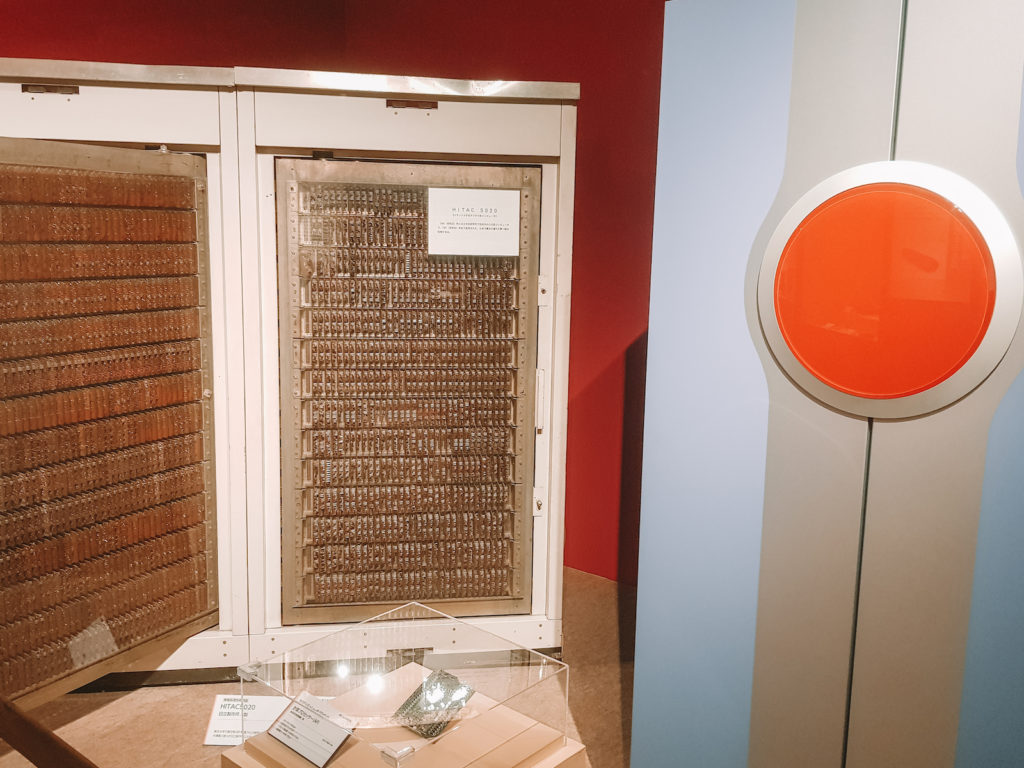
This does mean you need to have a smartphone with you that has a QR code scanner (they have free Wi-Fi so I quickly downloaded one) and it also means you’re going to be hunting the QR codes. They’re quite small and sometimes in fairly random places, so if you’re a bit confused, make sure you look around to see if you’ve missed one.
Unfortunately, the information provided is more of a short overview of what’s in front of you but, as I mentioned, it’s a highly visual exhibition so I didn’t feel like I had missed out too much from only being able to access the English translation.
There are videos dotted around the place on small screens, ranging from impressive old films of the items you can see in front of you being developed, or in action to the occasional awkwardly acted video (the first telephone system being the highlight here).
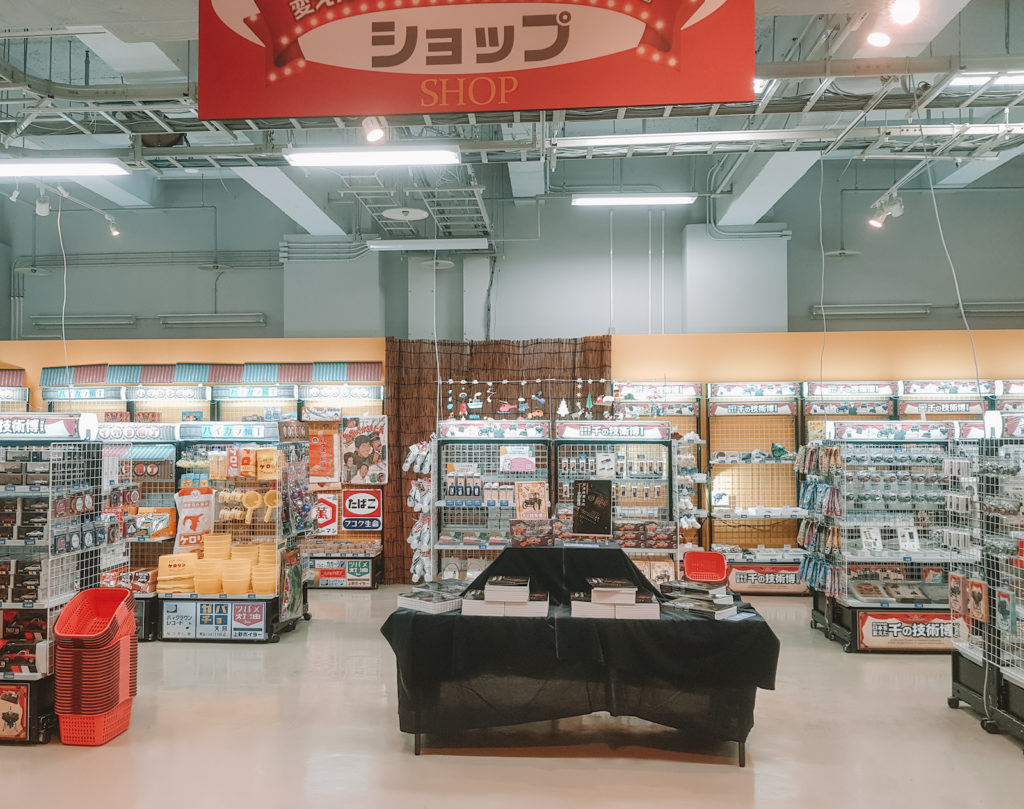
The conclusion to the exhibition is the fantastic gift shop at the end. It was a bit of a surprise as I wasn’t expecting it and there’s some really quirky gifts to be had in the form of vintage and retro-themed items, replicas of old games and food, and posters of some of the pictures on display in the museum.
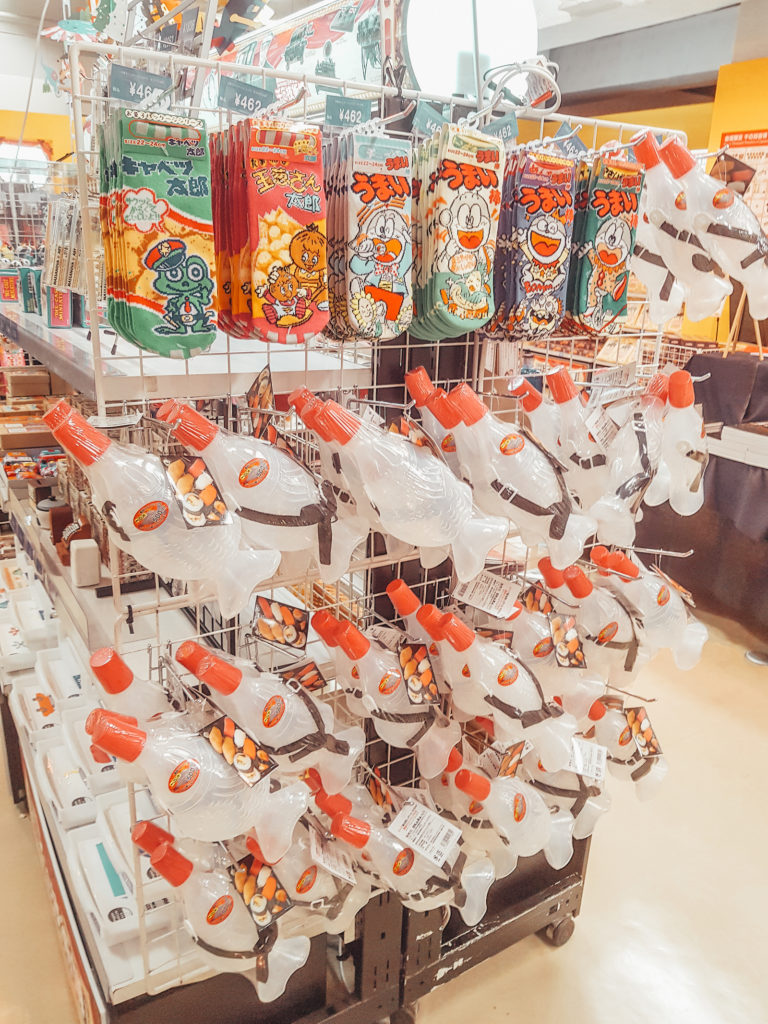
Overall, this is a highly enjoyable experience and I’d recommend anyone going, whether your knowledge of Japanese history is at beginner level or you just want to see things you’ve read about in the flesh. And if you’ve always wanted a giant plastic fish soy sauce bottle, this is where to get it.
The Deets
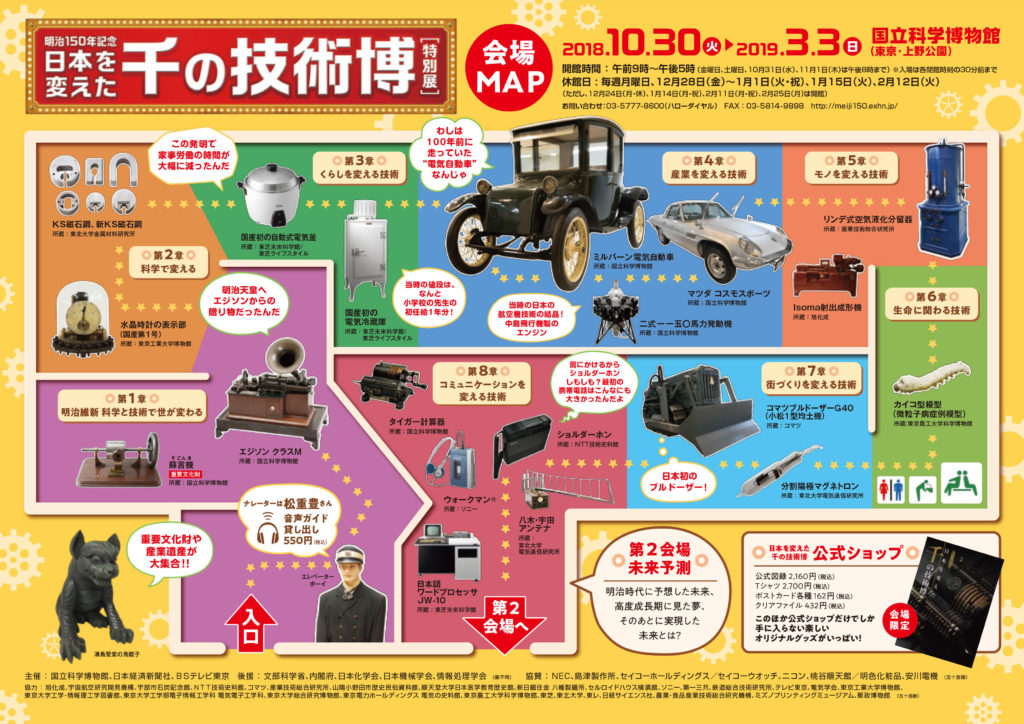
A map of the exhibition
Special Exhibition “A Thousand Wonders of Japanese Technology -A brief 150-year history of Japanese modernization”
Where: National Museum of Nature and Science, Tokyo, 7-20 Ueno Park, Taito-ku, Tokyo 110-8718
Dates: October 30, 2018 – March 3, 2019
Hours: 9 a.m.-5 p.m., (9 a.m.-8 p.m. on Fridays and Saturdays.) Closed Mondays.
Admission: ¥1,600 (General)














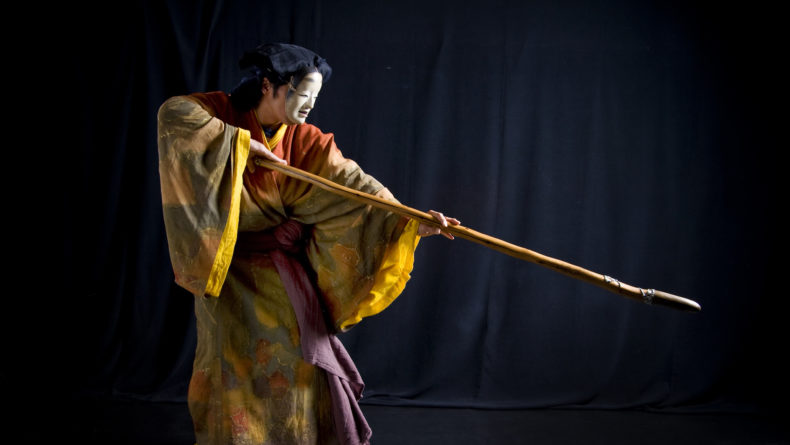

Leave a Reply